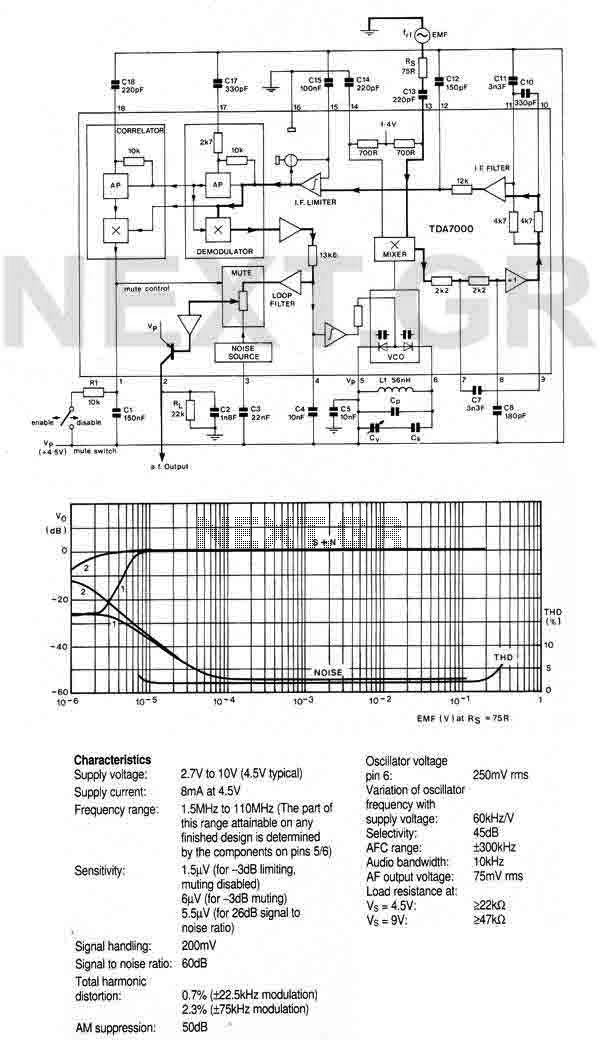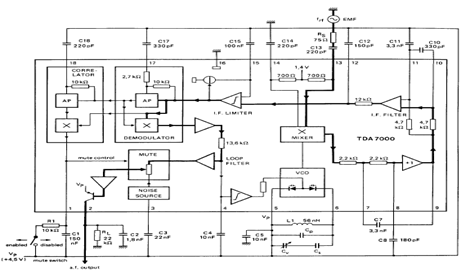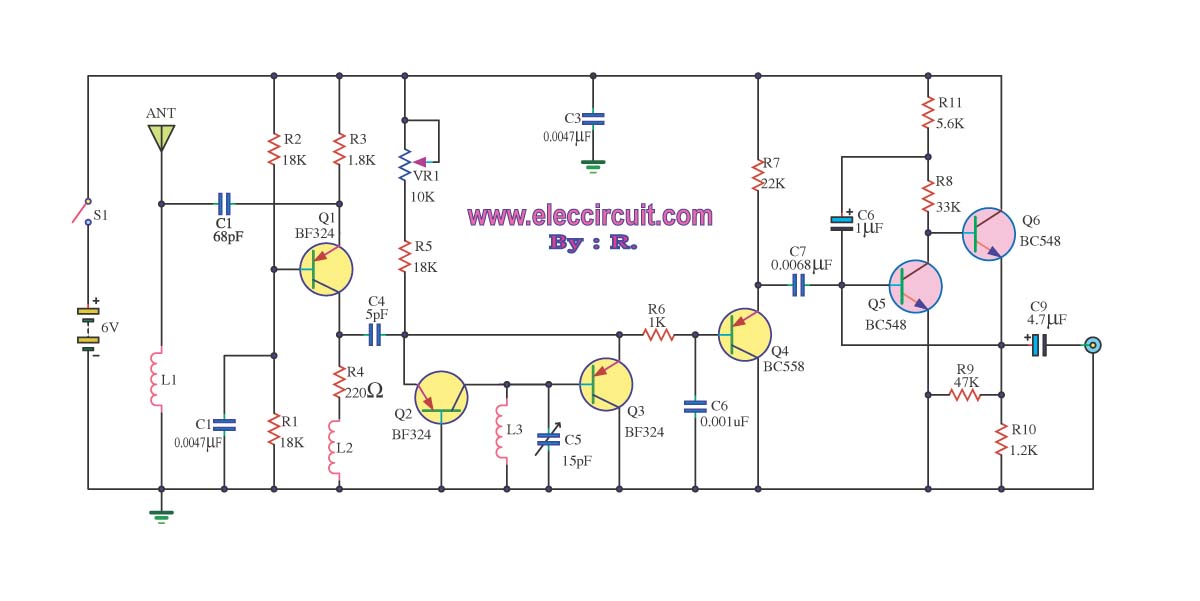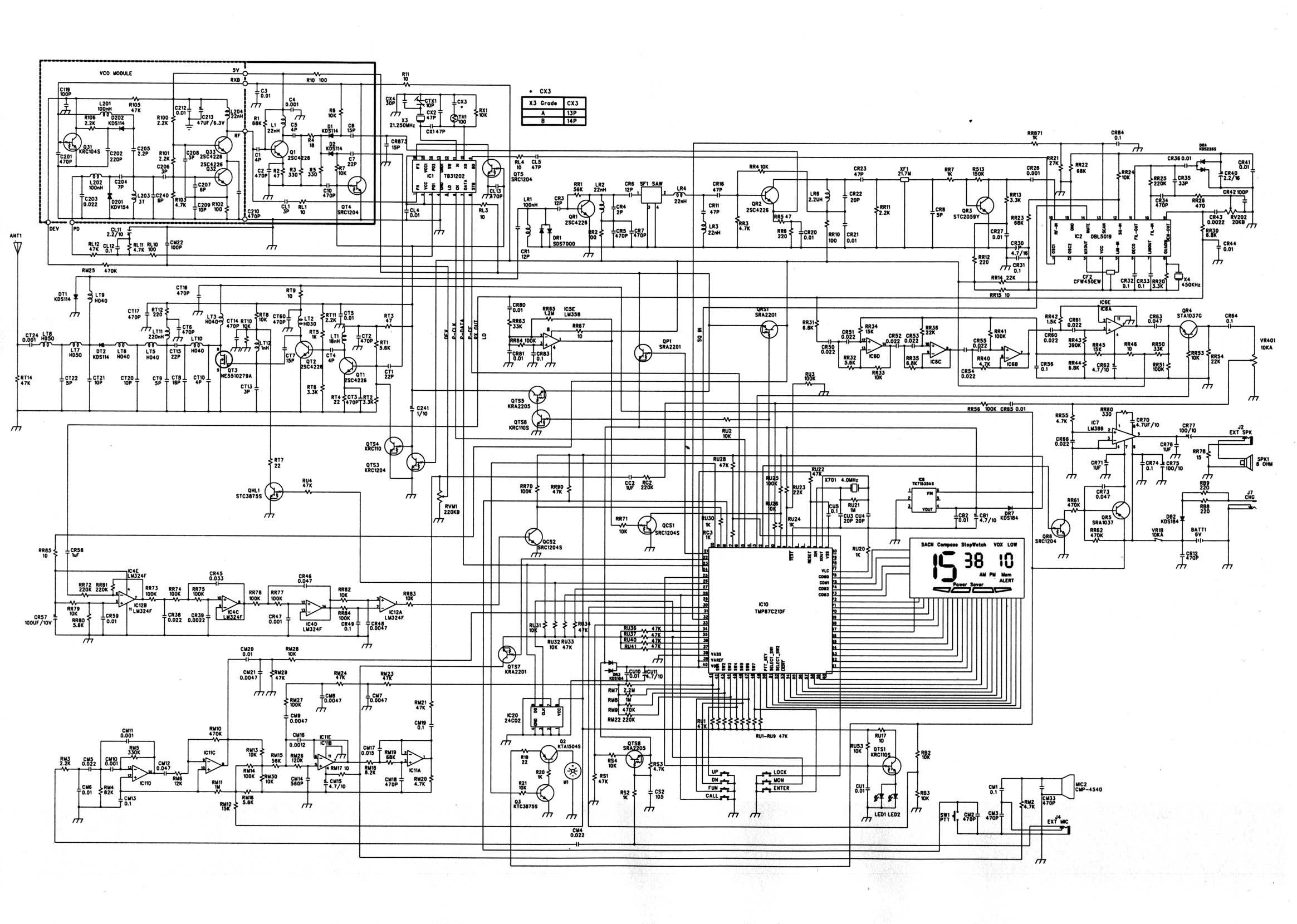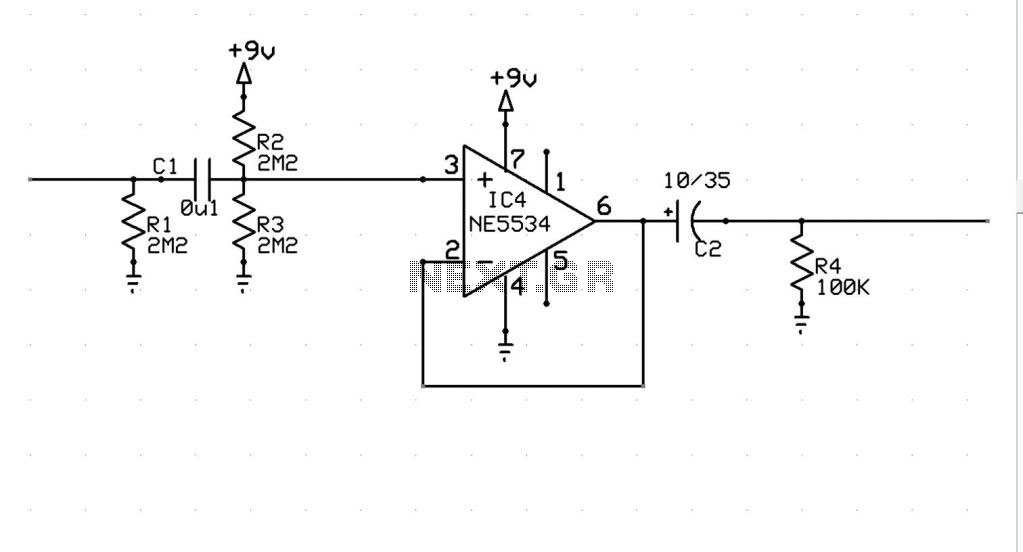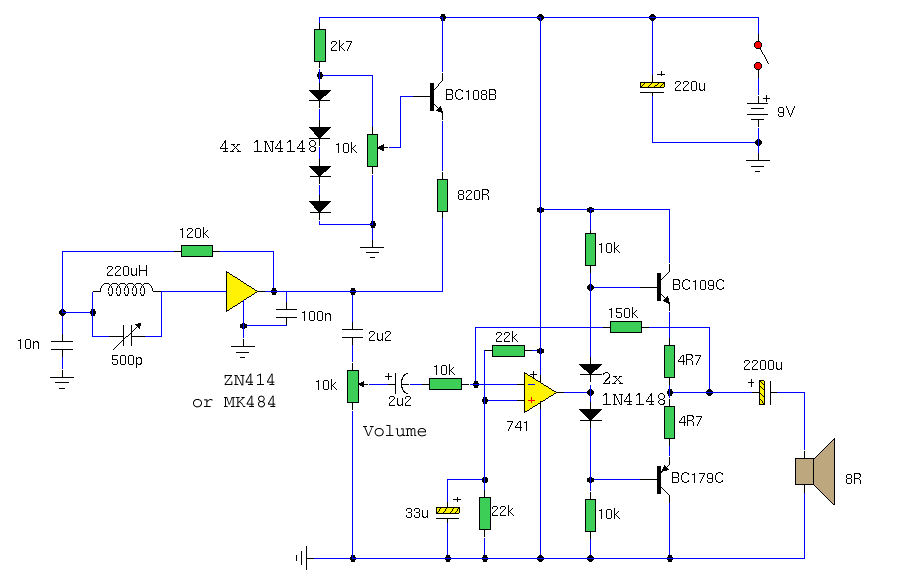
CW Radio with Tubes
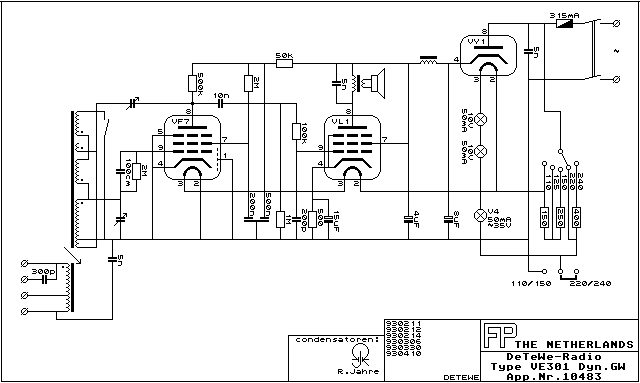
For this radio, which I repaired for someone, I made this DIY VL1. Later I found the real tube.
The circuit described involves a DIY VL1 radio project, which suggests a focus on vacuum tube technology. The VL1 likely refers to a specific type of vacuum tube or a particular circuit design intended for radio frequency applications. In constructing a DIY radio using vacuum tubes, several key components and design considerations are typically involved.
The primary components of a vacuum tube radio circuit include the vacuum tube itself, which functions as an amplifier or oscillator, and passive components such as resistors, capacitors, and inductors that help shape the signal. The power supply must be carefully designed to provide the necessary voltages for the tube operation, typically involving high voltage for the anode and lower voltages for the filament.
In the context of a radio receiver, the circuit may include an antenna input for capturing radio signals, a tuning circuit for selecting the desired frequency, and a detector stage for demodulating the audio signal from the RF carrier. Additionally, output stages may involve further amplification to drive a speaker or headphones.
When designing such a circuit, attention must be paid to component ratings, especially regarding high voltage and current levels associated with vacuum tubes. Proper layout and shielding are also critical to minimize interference and ensure stable operation.
In summary, the DIY VL1 radio project represents a classic approach to radio design, leveraging the unique characteristics of vacuum tubes to create a functional radio receiver. The eventual discovery of the original tube indicates a potential enhancement to the project, allowing for improved performance or authenticity in the radio's operation.For this radio, which I repaired for someone, I made this DIY VL1. Later I found the real tube. 🔗 External reference
The circuit described involves a DIY VL1 radio project, which suggests a focus on vacuum tube technology. The VL1 likely refers to a specific type of vacuum tube or a particular circuit design intended for radio frequency applications. In constructing a DIY radio using vacuum tubes, several key components and design considerations are typically involved.
The primary components of a vacuum tube radio circuit include the vacuum tube itself, which functions as an amplifier or oscillator, and passive components such as resistors, capacitors, and inductors that help shape the signal. The power supply must be carefully designed to provide the necessary voltages for the tube operation, typically involving high voltage for the anode and lower voltages for the filament.
In the context of a radio receiver, the circuit may include an antenna input for capturing radio signals, a tuning circuit for selecting the desired frequency, and a detector stage for demodulating the audio signal from the RF carrier. Additionally, output stages may involve further amplification to drive a speaker or headphones.
When designing such a circuit, attention must be paid to component ratings, especially regarding high voltage and current levels associated with vacuum tubes. Proper layout and shielding are also critical to minimize interference and ensure stable operation.
In summary, the DIY VL1 radio project represents a classic approach to radio design, leveraging the unique characteristics of vacuum tubes to create a functional radio receiver. The eventual discovery of the original tube indicates a potential enhancement to the project, allowing for improved performance or authenticity in the radio's operation.For this radio, which I repaired for someone, I made this DIY VL1. Later I found the real tube. 🔗 External reference
